Editors’ Picks




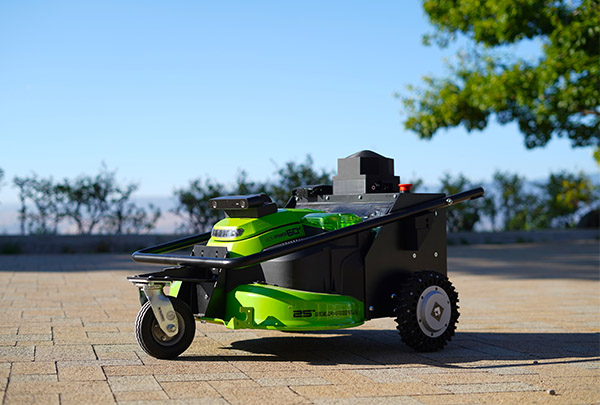
Found in Robotics News & Content, with a score of 12.30
…physics principles rather than taking noisy data. Our deep neural networks use insect-like vision to create structured 3D geometry. We're looking for AI intelligent animals versus Web-based robotics.” Electric Sheep grows through acquisition The acquisitions of Phenix Landscape and Complete Landscape will help Electric Sheep to grow eightfold, predicted the company. It plans to offer full services including data collection rather than just robotics as a service (RaaS), asserted Murthy. “This gets to the heart of why we chose this business model,” he told Robotics 24/7. “There's an inability to unlock value from progressive automation, which is held to extremely…
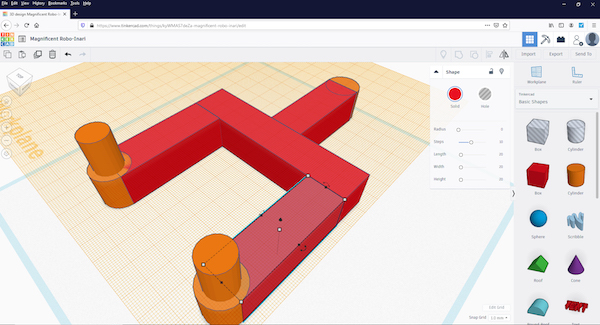
Found in Robotics News & Content, with a score of 12.01
…CAD In May 16, 2018, explaining how Google uses neural networks to speed up Gmail users’ email composition in a blog post, Yonghui Wu, Principal Engineer of the Google Brain Team, wrote, “Smart Compose is a new feature in Gmail that uses machine learning to interactively offer sentence completion suggestions as you type, allowing you to draft emails faster. Building upon technology developed for Smart Reply, Smart Compose offers a new way to help you compose messages—whether you are responding to an incoming email or drafting a new one from scratch.” Similar types of R&D efforts are ongoing in the…
Found in Robotics News & Content, with a score of 11.92
…research term published a paper, “An Intelligent Hybrid Artificial Neural Network-Based Approach for Control of Aerial Robots,” in the Journal of Intelligent & Robotic Systems. It outlines a proposed hybrid control approach that would use AI to enhance the controller so that these autonomous drones could better respond to emergency situations. Kayacan says this hybrid model will benefit from the use of simulation and AI. “This is an enhancement to the navigation and other algorithms,” he says. “We know something about the system, but there are some alternatives. Why don’t I collect more data and train the network in order…
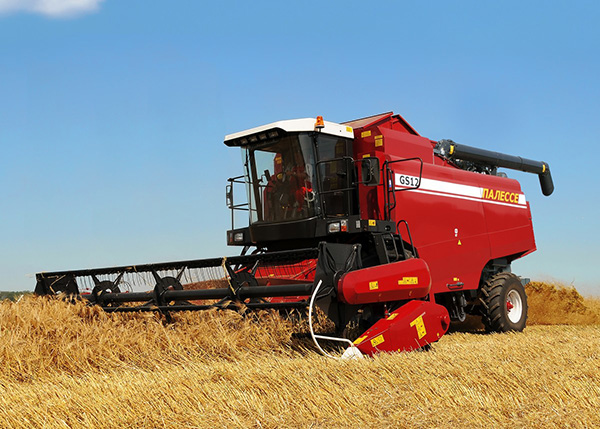
Found in Robotics News & Content, with a score of 11.92
…at Cognitive Pilot. By using a deep learning convolutional neural network fine-tuned for agronomic purposes, it can understand the types and positions of objects facing the machinery, build movement trajectories, and send commands to perform maneuvers. Cognitive Agro Pilot precisely sees the environment around the equipment and works without satellite signals and real-time kinematic (RTK) corrections, the company said. The system can reduce harvesting time by an average of 25% and reduce direct crop losses from 8% to 13%, said Cognitive Pilot. It can increase the daily output of a machine operator by up to 25%, it said. With the…
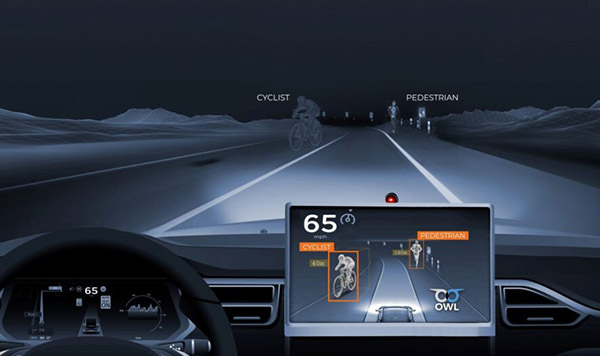
Found in Robotics News & Content, with a score of 11.73
…released a whitepaper explaining how Thermal Ranger uses convolutional neural networks (CNNs) to locate and identify the thermal signatures of pedestrians and animals in the dark with a single infrared camera. “The technology stack includes everything from pre-processing, sensor fusion, localization data, and decision making to the actuator system,” Gershman told Robotics 24/7. “We built the sensor and reference camera system and the perception stack for that sensor-specific interpretation of the data. We can get a true 3D response from 2D images, and we've built a high-definition digital thermal sensor.” The CNN builds a disparity map, like stereo vision, in…

Found in Robotics News & Content, with a score of 11.61
…and you can't do that with deep learning or neural networks.” “For a collaborative robot, if the end customer can adjust it after it's delivered, its questionable if you'd need someone to come out every time you need to make a minor change,” he added. “Today, a lot of devices are sold in Europe that don't comply with current safety laws—that's a much bigger risk than making it harder for those who already comply.” “The International Federation of Robotics calls on European policymakers to amend both drafts to balance the protection of citizens with the market’s need to adopt new…
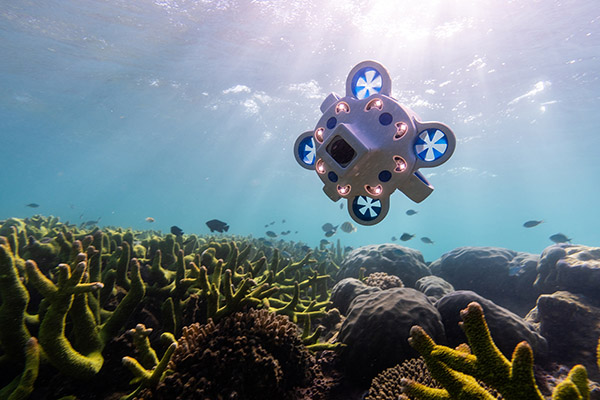
Found in Robotics News & Content, with a score of 11.27
…navigational, sonar, propulsion, and data-capture technologies with sophisticated artificial neural network (ANN) intelligence, said Advanced Navigation. With support from research institutions including the University of Western Australia (UWA), Curtin University, and philanthropic organization Minderoo, Advanced Navigation said it is continuing to establish sustainable technologies to foster the growth of the blue economy, nationally and internationally. “It’s exciting to see Advanced Navigation continue to grow its team of engineers in Western Australia,” said Justin Geldard, a coastal and ocean researcher at the UWA Ocean Institute. “At UWA, we are researching how natural and artificial reef structures can protect coastlines by dissipating…
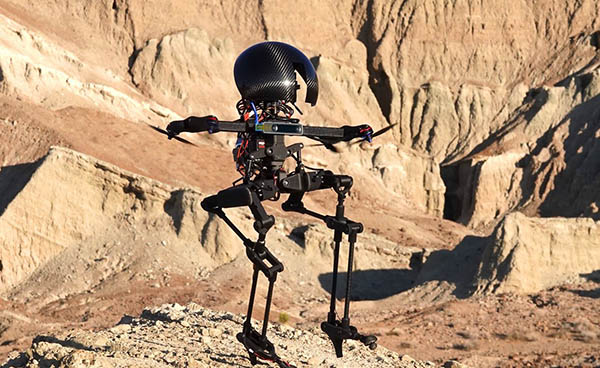
Found in Robotics News & Content, with a score of 11.19
…a newly developed drone landing-control algorithm that utilizes deep neural networks. With a better understanding of the environment, LEO could make its own decisions about the best combination of walking, flying, or hybrid motion based on what is safest and what uses the least amount of energy. “Right now, LEO uses propellers to balance during walking, which means it uses energy fairly inefficiently,” said Lupu, who will continue working on LEO throughout her Ph.D. program. “We are planning to improve the leg design to make LEO walk and balance with minimal aid of propellers.” In the real world, the technology…
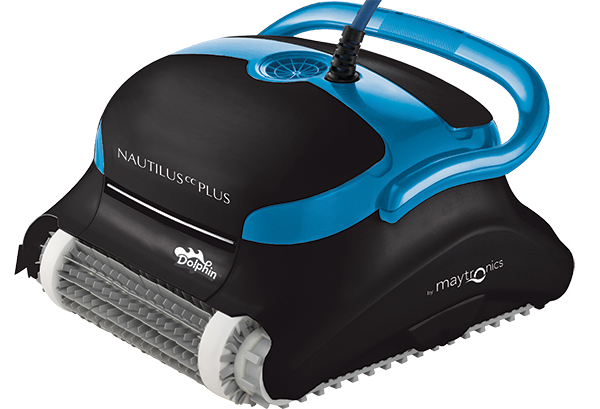
Found in Robotics News & Content, with a score of 10.98
…Jetson product line and cutting-edge AI, such as deep neural networks, it becomes possible to structure the information so as to extract troves of useful features,” says Carlos Asmat, lead robotics engineer at Piaggio Fast Forward. “Given the increasing abundance of computational power, it becomes more advantageous to use sensors that can capture as much information as possible while remaining affordable.” Despite these advances, sensing technologies currently supporting smart home robots represent an early, transitional stage of development. Designers and users alike can expect steady change in this sector. “As technology matures, we can add more and more senses to…
Found in Robotics News & Content, with a score of 10.84
…group Safran (Spain) used simulation models to train a neural network used for active monitoring and prediction of anomalies of a hydraulic press. Using simulation models to generate data representing faulty machines allowed them to overcome the difficulty posed by a lack of real failure data from their machines. This makes it clear that there is a great opportunity for companies to bring together their data science and engineering communities to generate the necessary equipment failure data through engineering simulation tools, and then use that data to better train predictive maintenance algorithms. Software simulation tools simplify this process, as they…
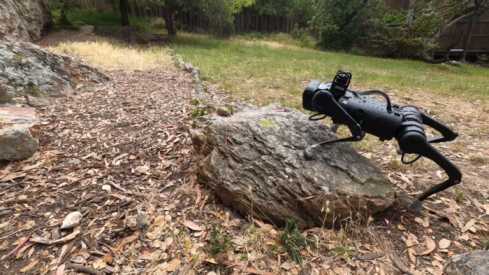
Found in Robotics News & Content, with a score of 10.60
…the motor skills it learned during training in a neural network that the researchers copied to the real robot. This approach did not require any hand engineering of the robot’s movements — a departure from traditional methods. Most robotic systems use cameras to create a map of the surrounding environment and use that map to plan movements before executing them. The process is slow and can often falter due to inherent fuzziness, inaccuracies, or misperceptions in the mapping stage that affect the subsequent planning and movements. Mapping and planning are useful in systems focused on high-level control but are not…
Found in Robotics News & Content, with a score of 10.30
…or has a few years before it’s more than just PR efforts. No one is sure if AI and neural networks will allow some distribution centers to find brand-new ways of pre-staging goods to meet demands or if customers will adopt local lockers and pick-up locations en masse. The future is uncertain and exciting. What we do see as necessary for growing in that future is the ability for the supply chain, and every company in it, to adapt and flex to meet changes in customer and client demands.



